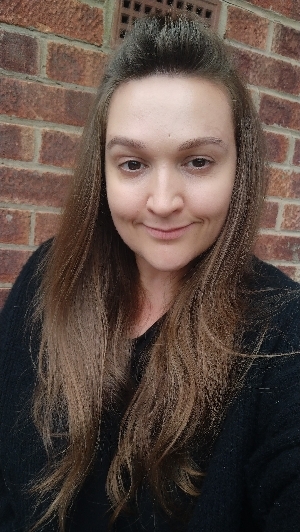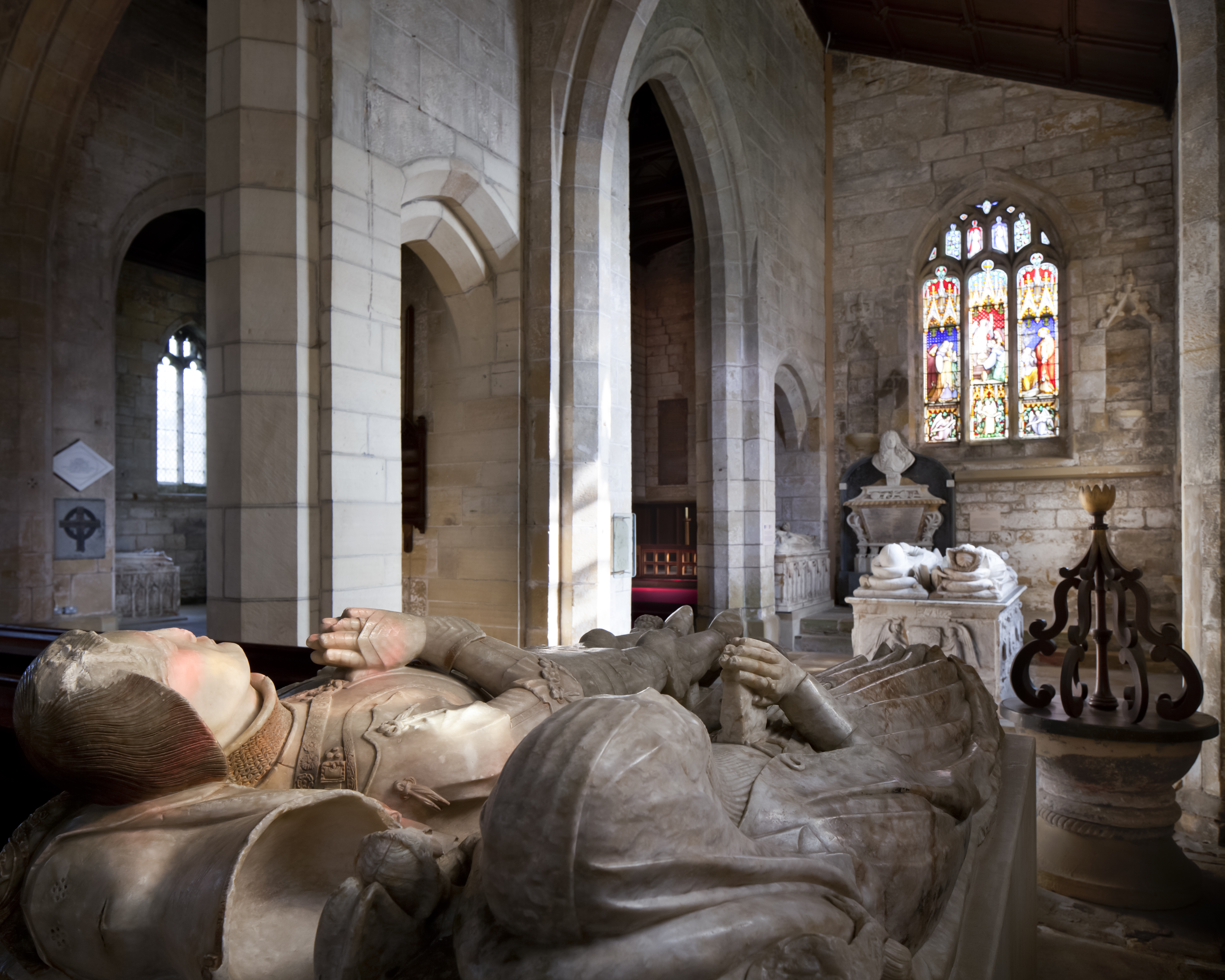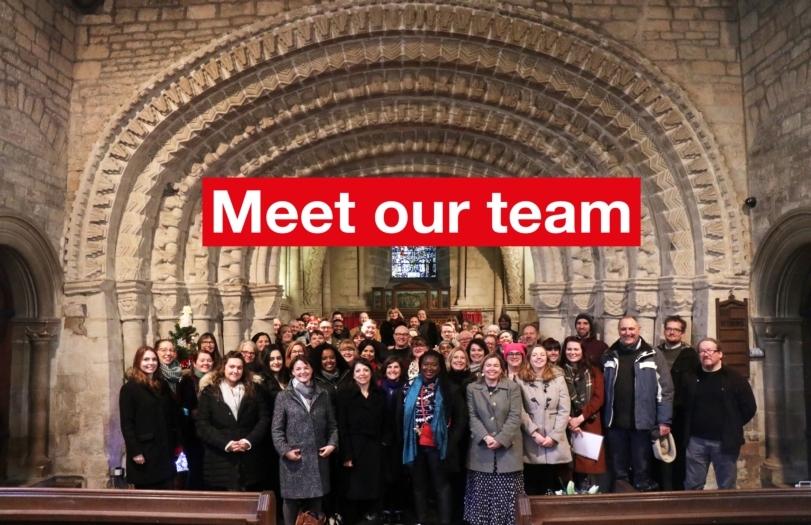Meet our team: Clare Chapman, Business Support Officer (North)
In this blog series we look forward to introducing our team here at the CCT. We hope you will enjoy learning more about the scope and variety of the work that we do.
This week we spoke to Clare Chapman, Business Support Officer for our North Region about what is involved in the role, her passion for monuments and memorials, and marriage in one of our churches!
What is your role at CCT?

I’m one of three Business Support Officers at the CCT. Although currently working from home, I can usually be found in the vestry of our North Regional Office at St John the Evangelist in Leeds. Providing support to our Head of Region and our regional team, I also manage the day to day running of the office and assist with queries from across the Trust.
What was the most memorable thing to happen to you since starting at CCT?
The most memorable thing to happen since I started at the Trust has to be celebrating my marriage in a CCT church. My husband and I were married at Holy Trinity Goodramgate in York on 13th September 2019 surrounded by our closest family and friends. My husband, who was born and raised in York first took me to visit Holy Trinity in 2016 on a mini tour of the city. It was the first CCT church I ever visited!
What is your favourite detail found in a CCT church and where is it?
One of my favourite details to be found in any historic church are the memorials to those individuals who worshipped there or had a close link to the place. Whilst the history of a building’s development is fascinating in itself, it’s the story of the people associated with it over the centuries that really bring it to life. Memorials can provide us with a wealth of information, including a person’s status in society, fashionable trends of the time, the way people lived, and how they hoped to be remembered.
Following many visits to All Saints’ Harewood in West Yorkshire, one of my favourite details at this church are the alabaster monuments to members of the Gascoigne and Redman families. These memorials consist of the effigies of six resting couples laid on tomb chests, and depict a physical representation of the people they commemorate, rather than a written inscription or tribute. The oldest alabaster here dates from 1419 and the latest around 1510. I have often wondered if the people depicted in these memorials could talk, what would they say? Do they accurately represent the people they were? These large tomb chests stand in quite stark contrast to the more discreet memorials doted around the walls of All Saints, including that of Mary Princess Royal & Countess of Harewood who was interred at the church in 1965.


